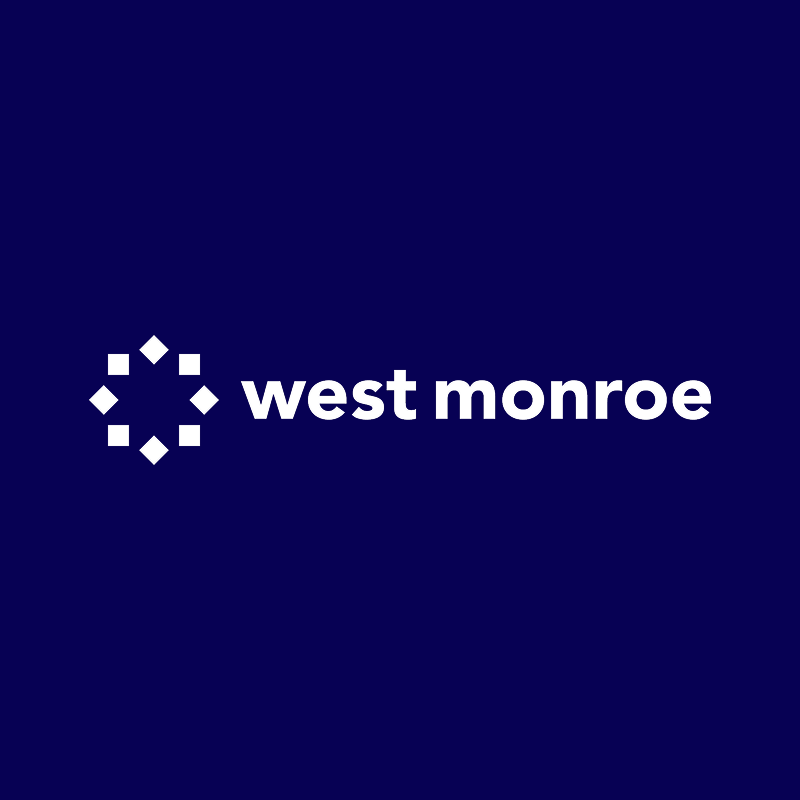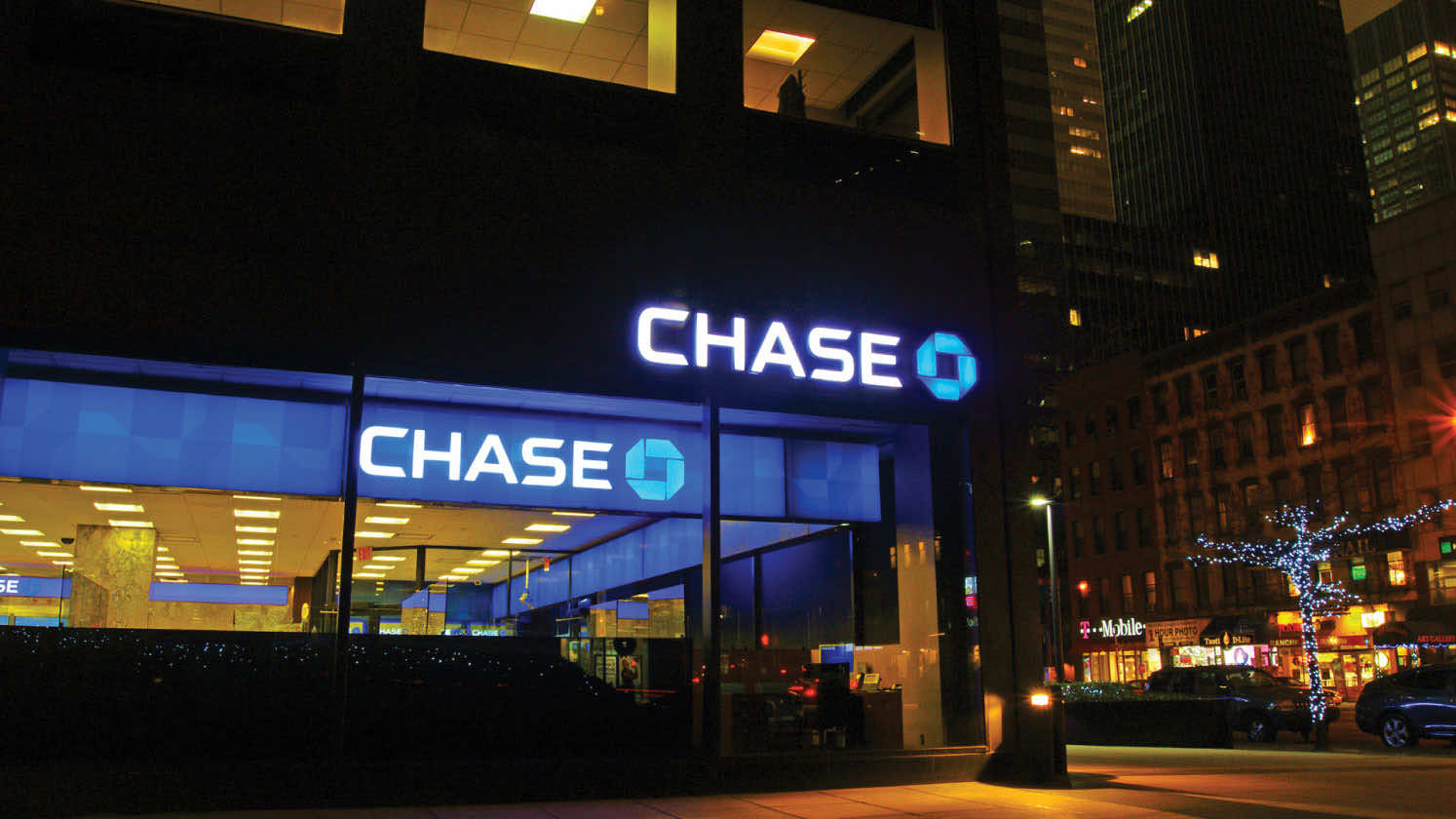
Chase
An acquisition spurs the nation’s largest financial institution to change the face of retail banking.
Acquiring a broader presence
When JP Morgan Chase acquired Bank One for a whopping $58 billion, it immediately expanded its footprint across the country. It was an enormous business opportunity for Chase, as the merger gave it a greater consumer-facing retail banking presence than ever before.
Code-busting: taking sign code restrictions and turning them into branding opportunities.
A code-busting opportunity
In rebranding the former Bank One branch locations, Chase sought to create as much brand impact as possible. One constraint was the strict regulation of sign codes, especially in high density areas like New York City, which in turn hinders brand visibility.
The challenge was to take these restrictions and turn them into branding opportunities. For example, when building and sign codes limited signage to exterior letters with size restrictions, the team spotted an opportunity to take advantage of internal lobby real estate. The installation of illuminated interior signage and branded wallpaper significantly boosted Chase’s street visibility without incurring the wrath of local ordinances. Dubbed “code-busting,” every signage application throughout the brand conversion revolved around solving for the sign code issues — resulting in maximum exposure throughout the system-wide name change.
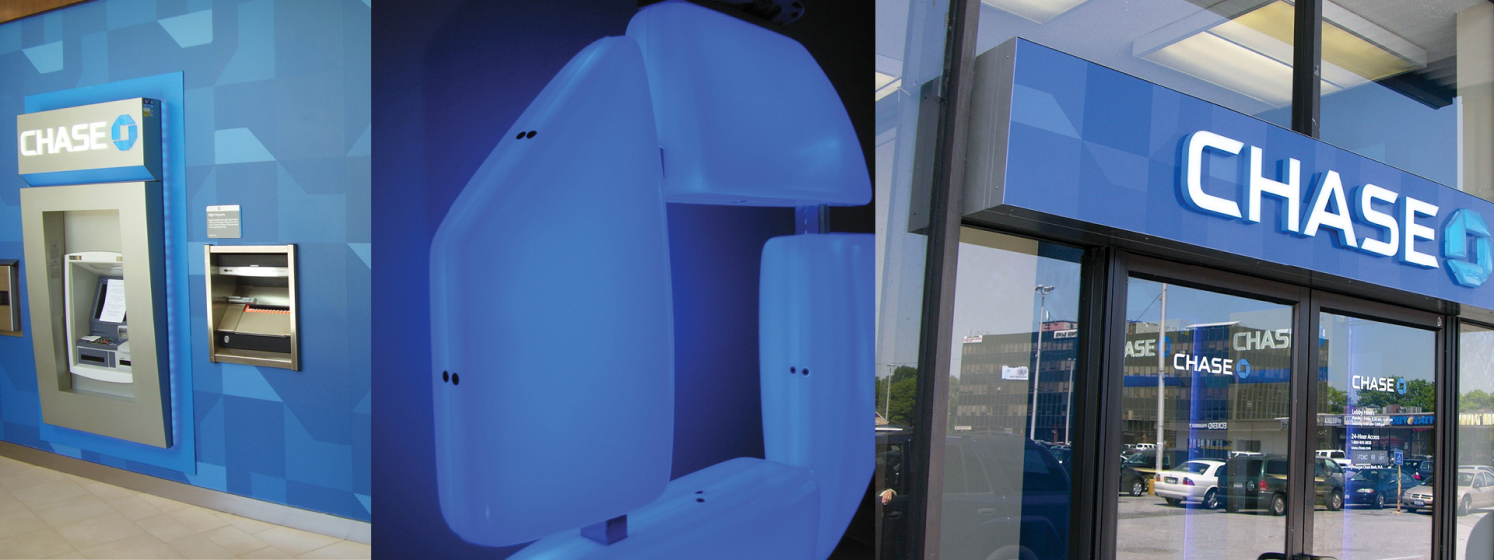
Managed for success
The ambitious nature and aggressive timeline of the project required comprehensive oversight and management of every detail. The proprietary project management software, SignChart®, helped meet the oversight demands. Skillful vendor management was essential for such a large-scale undertaking, as was appropriate time allocation to convert all of the signage, ATM surrounds and additional environmental branding applications.
The result was well-organized, efficient branch unveilings that seized every branding opportunity — as well as completing the whole project on time and on budget.
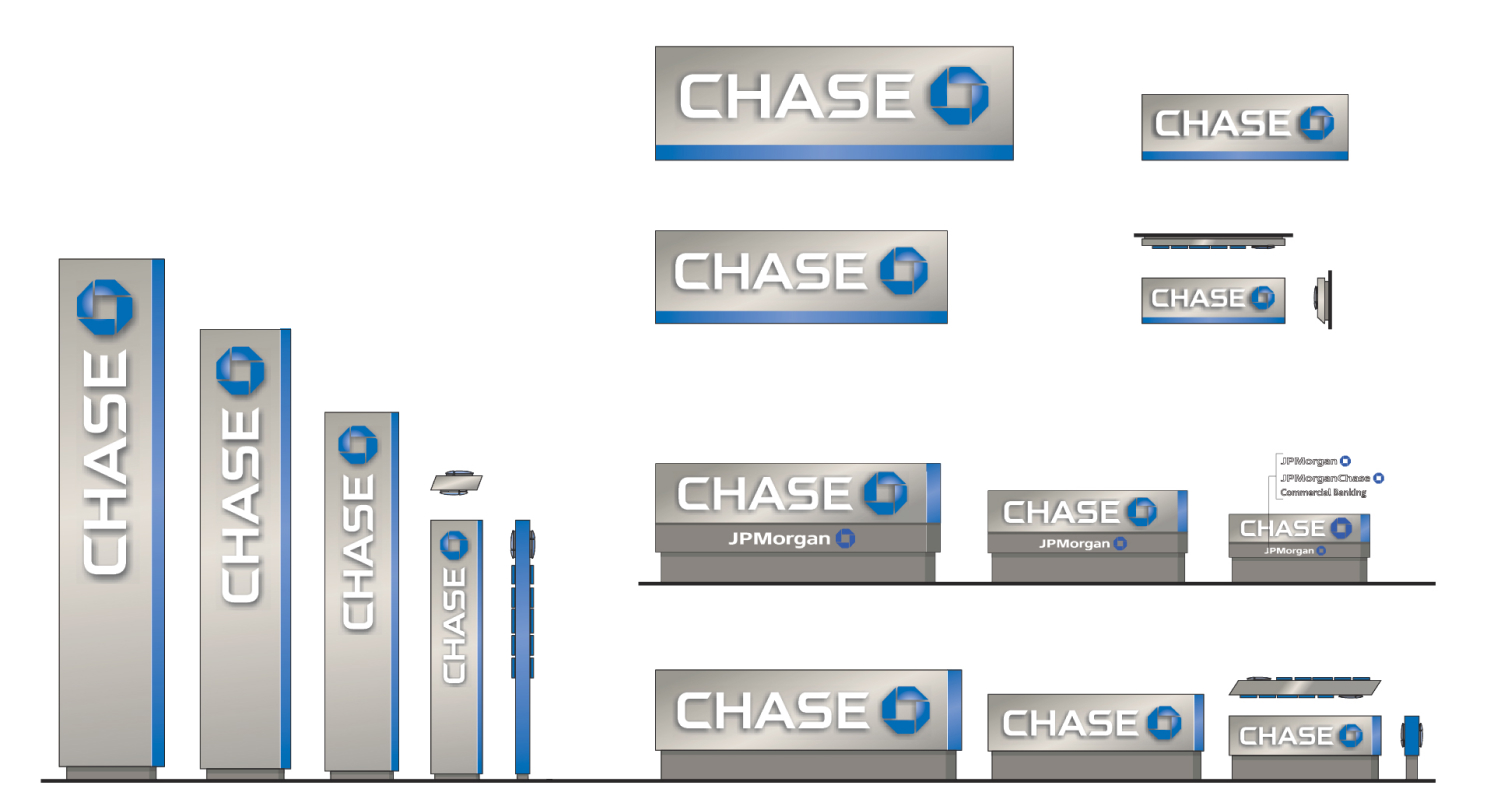

Imitation is the sincerest form of flattery
Through creative applications and intelligent environmental design, Chase changed the face of retail banking. Today, a big part of Chase’s presence in the retail banking industry is a result of its inspired approach to design. Some of Chase’s trail-blazing interior and exterior elements include:
- Branded canopy/awning applications
- Designed logo sculptures as art
- Branded wallpaper on interior vestibules and fascias
- Developed exterior branded paint schemes
- Designed ATM enclosure enhancements with lighting and branded color schemes
Chase’s retail success has spurred other retail banks to follow suit. The imitation of a successful strategy is proof that unconventional ideas can have the power to get everyone’s attention.
By using existing interior and exterior real estate in visionary ways, Chase was able to push the envelope of brand visibility.
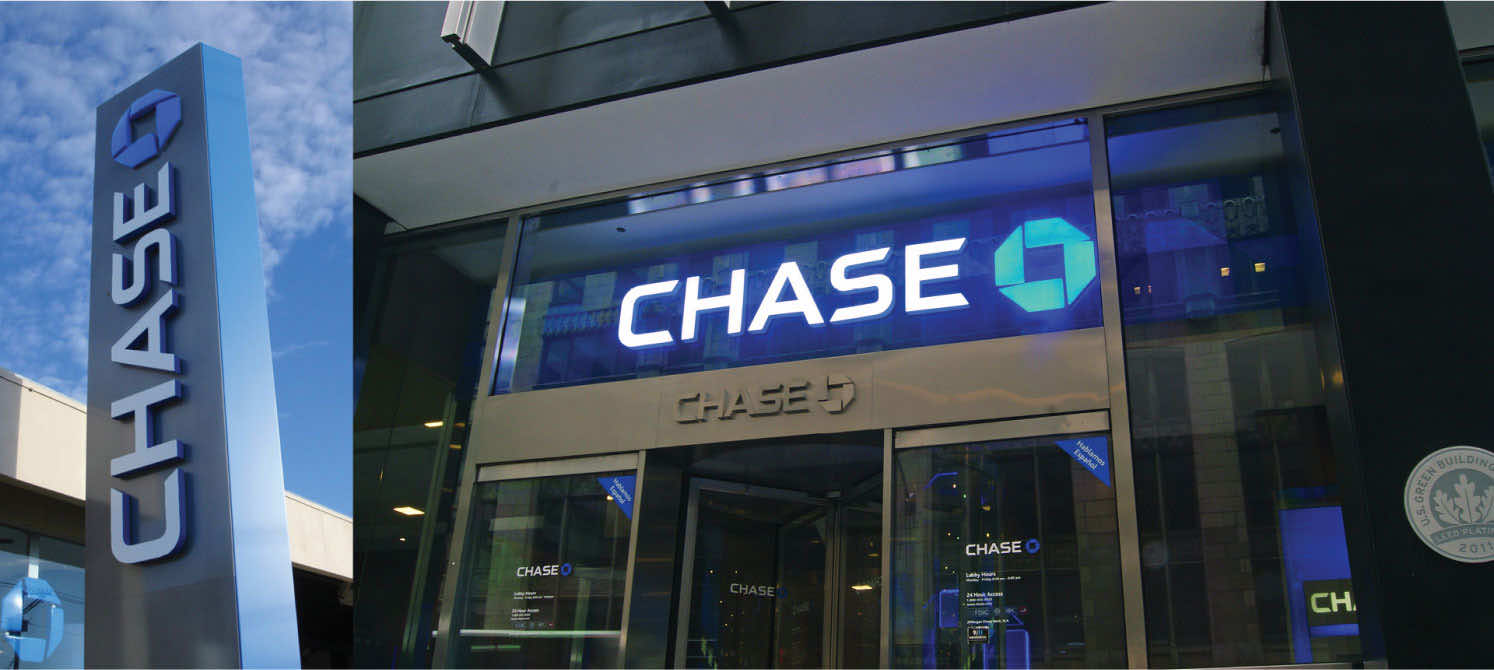
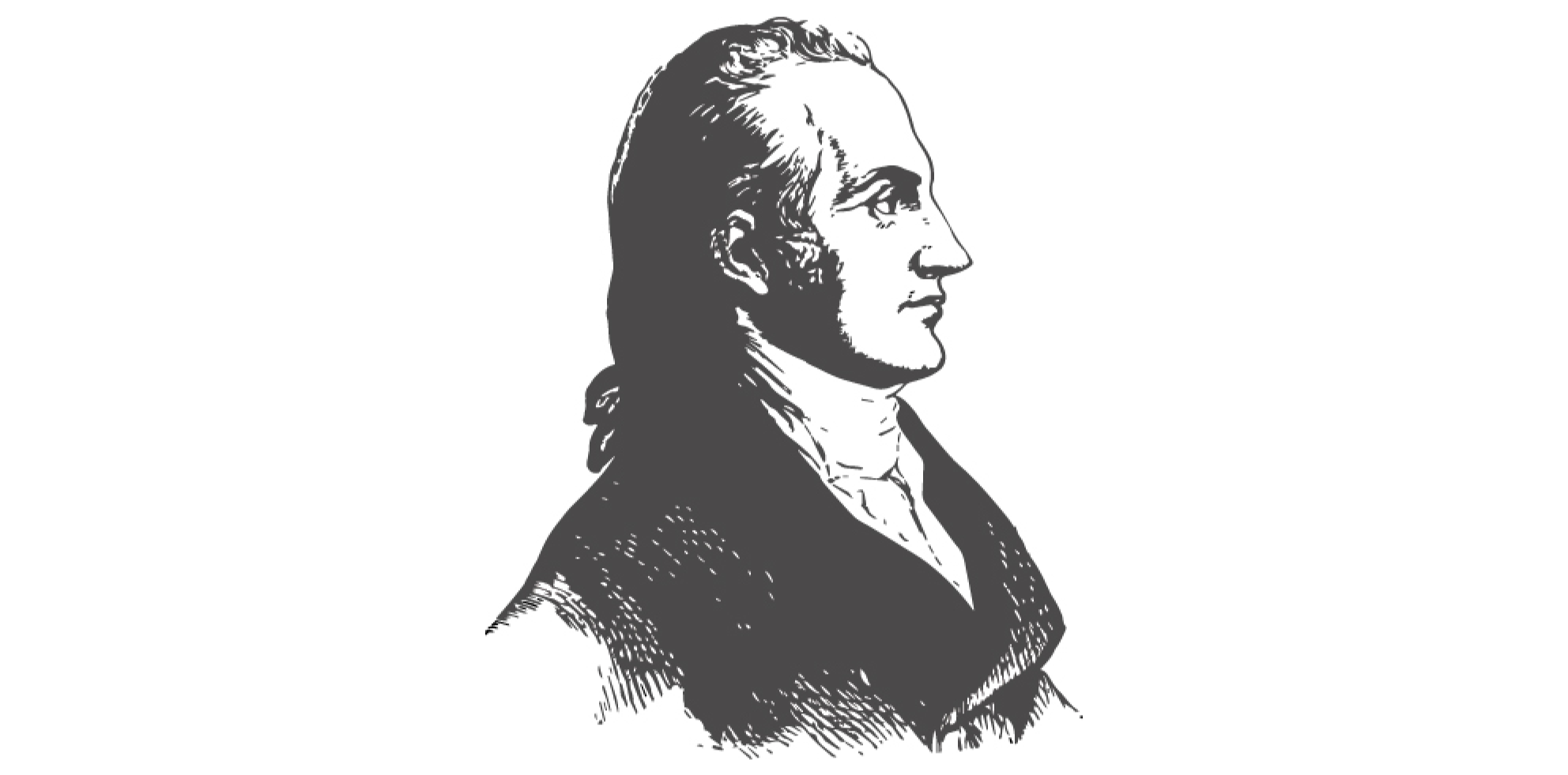
218 Years of experience
Chase traces its beginnings to the Bank of The Manhattan Company, which was founded by Aaron Burr in 1799.
37% Growth
How much Chase’s assets increased
following the Bank One acquisition.
5,000 Branches
Chase has retail presence in
26 states coast-to-coast.
#1 Bank by assets
The next-largest U.S. bank
trails Chase by 20 percent.


